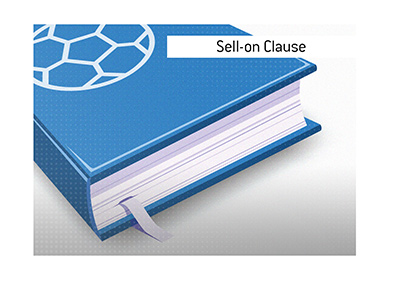Definition of Sell-on Clause
Featured Offer
Football Betting
Turn £10 Into £30 in Free Bets
Just £10 to start • £30 paid as Free Bets
UK new customers • 18+ • Quick signup
✔ Trusted by millions of UK bettors
Claim £30 Free Bets
Use code THEKING during registration
Bonus Code:
THEKING
Open Account Offer. Bet £10 & Get £30 in Free Bets for new customers at bet365. Min deposit requirement. Free Bets are paid as Bet Credits and are available for use upon settlement of bets to value of qualifying deposit. Min odds, bet and payment method exclusions apply. Returns exclude Bet Credits stake. Time limits and T&Cs apply. Registration required. Bonus code THEKING can be used during registration, but does not change the offer amount in any way. 18+ only. Gamble responsibly.


 Clubs using the sell-on clause for one of their players normally accept a lower base price for the player in exchange for a percentage of the profits for any future transfers. Let's say that a player named Ristiano Cronaldo is sold from some non-league Portuguese team for an extremely cheap price, but with a 25% sell-on clause included in that transfer deal. Then a giant like Real Madrid, Manchester United or Juventus come in and offer a world record deal for him. That non-league club will be entitled to 25% of that transfer fee.
Clubs using the sell-on clause for one of their players normally accept a lower base price for the player in exchange for a percentage of the profits for any future transfers. Let's say that a player named Ristiano Cronaldo is sold from some non-league Portuguese team for an extremely cheap price, but with a 25% sell-on clause included in that transfer deal. Then a giant like Real Madrid, Manchester United or Juventus come in and offer a world record deal for him. That non-league club will be entitled to 25% of that transfer fee. 